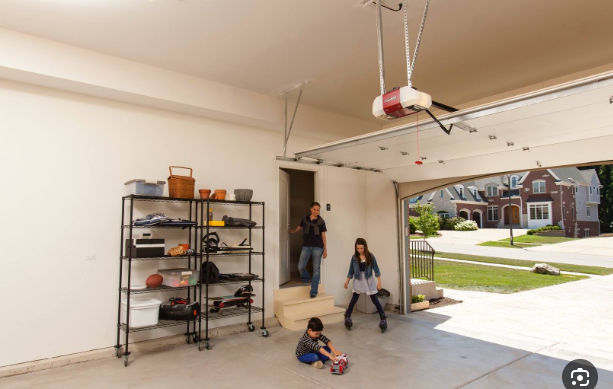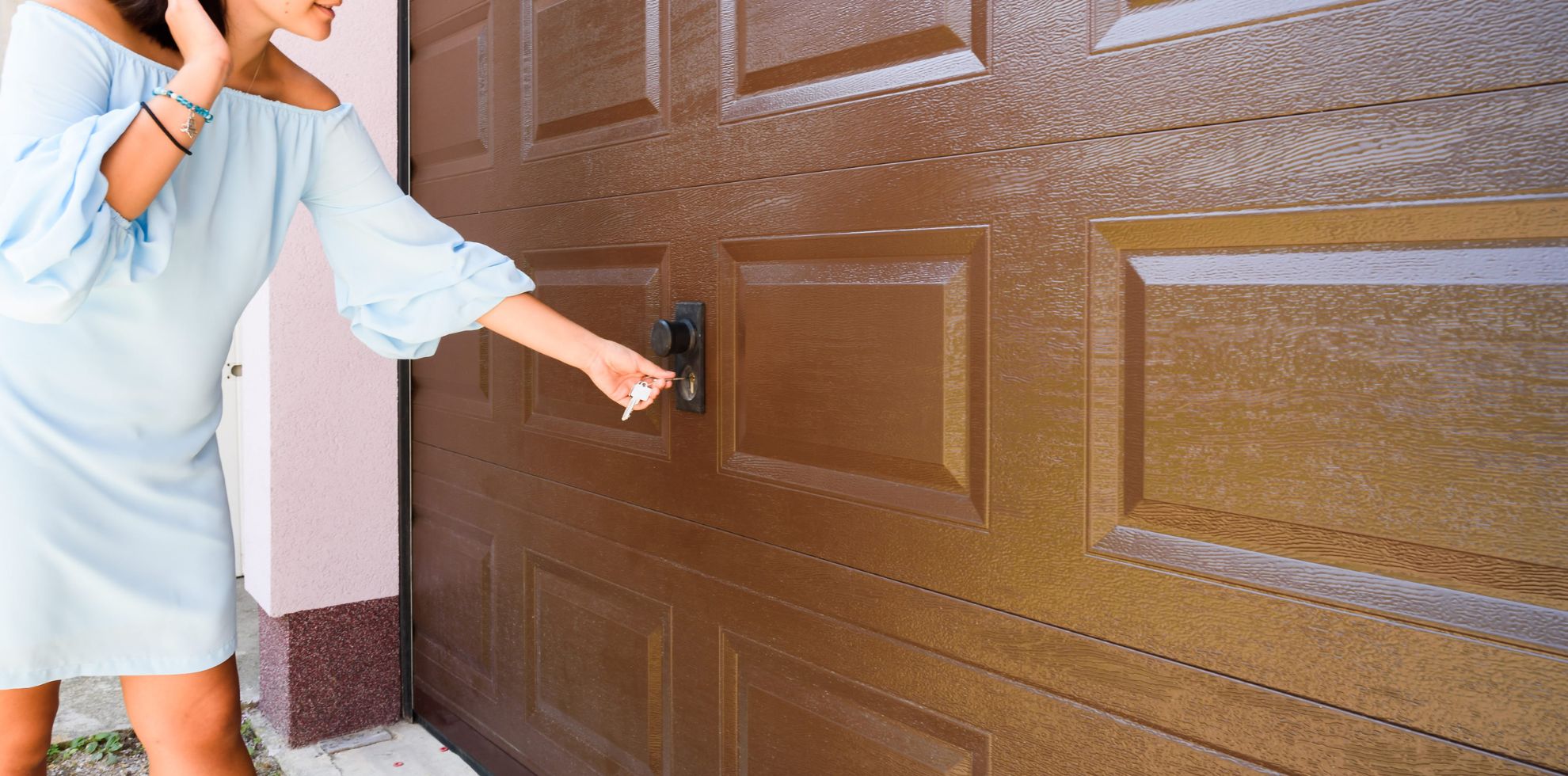
Garage doors, the oft-overlooked components of our homes, play an integral role in maintaining our household’s safety and security. Performing their duty in silence, these mammoth structures guard our possessions and act as a primary entry point.
However, these massive moving parts can also pose significant safety hazards if not handled appropriately or maintained regularly. This issue becomes particularly significant in families with children, who may be unaware of the dangers a garage door could pose. As a garage owner, understanding the importance of Garage Door Safety is a must.
A Deep Dive into Garage Door Safety Features
Almost all contemporary garage doors are equipped with an array of safety features designed to prevent accidents and ensure smooth operation. Let’s dissect these crucial elements to understand their importance and ensure they are functioning correctly.
The Auto-reverse Mechanism
A key safety feature integrated into most modern garage doors is the auto-reverse mechanism. This critical function ensures that if an object or person is detected beneath the door as it’s closing, the door will stop and reverse its motion, hence preventing potential accidents.
Routine testing of this feature is vital. Place a roll of paper towels beneath the door and try closing it. If the door reverses upon contact, the auto-reverse mechanism is functioning as it should. If not, immediate maintenance is necessary.
Sensing the Sensors
Garage door sensors or photoelectric sensors are what trigger the auto-reverse mechanism mentioned above. These sensors emit an invisible beam across the length of the door. If the beam is broken while the door is closing, it prompts the door to reverse.
Maintain these sensors by ensuring they’re correctly aligned and free from obstruction, like dust or cobwebs.
Manual Control
Manual control is a backup feature designed for use during power outages or malfunctions. Ensure all family members understand its operation. Teach them how to disengage the opener from the door, allowing it to be operated manually.
Implementing Child-Proofing Measures for Garage Door Safety

Children, by their very nature, are inquisitive and adventurous. This curiosity, though largely beneficial for their growth and development, can sometimes lead them into potentially dangerous situations. With garage doors presenting an intriguing ‘plaything’ to children, appropriate child-proofing is essential.
Establish clear rules about garage safety. Stress the fact that the garage door is not a toy and should not be played with. This rule applies not just to the door itself but also to the remote control and wall controls.
Store the remote control in a place that is out of reach for children. The wall control should also be mounted high enough so that children cannot access it.
Teach children about the potential dangers of a garage door. They should understand that they should never stand, walk, or run under a moving door.Recognizing Caution Signs and Maintenance Tips
Like any other mechanical system, your garage door will show certain caution signs when something isn’t right. Recognizing these signs early and taking appropriate measures can prevent accidents and costly repairs.
You can DIY the garage door repairs but it’s better to prevent it as it will cost money and plenty of time.
Be attentive to any unusual noises during the operation. A garage door in good condition should be relatively quiet. Any grinding, scraping, or rattling noises could be a sign of a problem.
If your garage door is not opening or closing completely or is doing so unevenly, it’s a clear sign that it needs a check-up. The issue could be as simple as misaligned sensors or as complex as a problem with the springs.
Regular maintenance is essential to keep your garage door functioning smoothly and safely. This should include checking and tightening hardware, inspecting and replacing the weather seal, lubricating moving parts, and checking cables for wear and tear.
Garage Door Safety Tips for Children | Conclusion
The importance of garage door safety cannot be overstated, especially when you have young ones at home. By understanding and maintaining the safety features of your garage door, implementing stringent child-proofing measures, and staying alert to the signs of trouble, you can ensure a safe and secure environment for your family.
While many of the maintenance checks can be done by homeowners, some issues, especially those involving the door’s springs and cables, should be left to professionals. When it comes to safety, there should be no room for compromise or ‘DIY’ solutions.
FAQs (frequently asked questions)
What is the auto-reverse mechanism on a garage door?
The auto-reverse mechanism is a safety feature in modern garage doors that prevents the door from closing if there’s an obstruction in its path. It uses sensors that detect the presence of an object or person and reverses the direction of the door to prevent injuries or damage.
How often should I check the safety features of my garage door?
The safety features of your garage door, including the auto-reverse mechanism and the sensors, should be checked at least once a month to ensure they’re functioning properly. However, it’s recommended to have a professional perform a thorough maintenance check annually.
What precautions should be taken for children around garage doors?
Ensure that children understand that the garage door is not a toy and should not be played with. The remote control should be stored out of reach by children, and they should be taught never to stand, walk, or run under a moving door.
How do I manually control my garage door during a power outage or malfunction?
Most garage doors have a manual release lever, usually a cord with a red handle, that disengages the opener from the door so it can be operated manually. It’s important to know how to use this in case of emergencies.
What are some common signs that my garage door may need maintenance?
Unusual noises during operation, the door not opening or closing completely, or the door moving unevenly are common signs that your garage door may need maintenance. Regular maintenance checks can prevent these issues from becoming severe.
Can I perform all the maintenance checks on my garage door myself?
While many maintenance tasks like tightening hardware, checking the sensors, and lubricating moving parts can be done by homeowners, some tasks should be left to professionals. Any issues involving the door’s springs and cables are particularly risky and should be handled by a professional.
What should I do if my garage door’s sensors are not working properly?
If your garage door’s sensors are not functioning correctly, first, check to see if they’re aligned and free from obstructions. If this doesn’t solve the problem, it’s best to call a professional to avoid potential safety risks.










